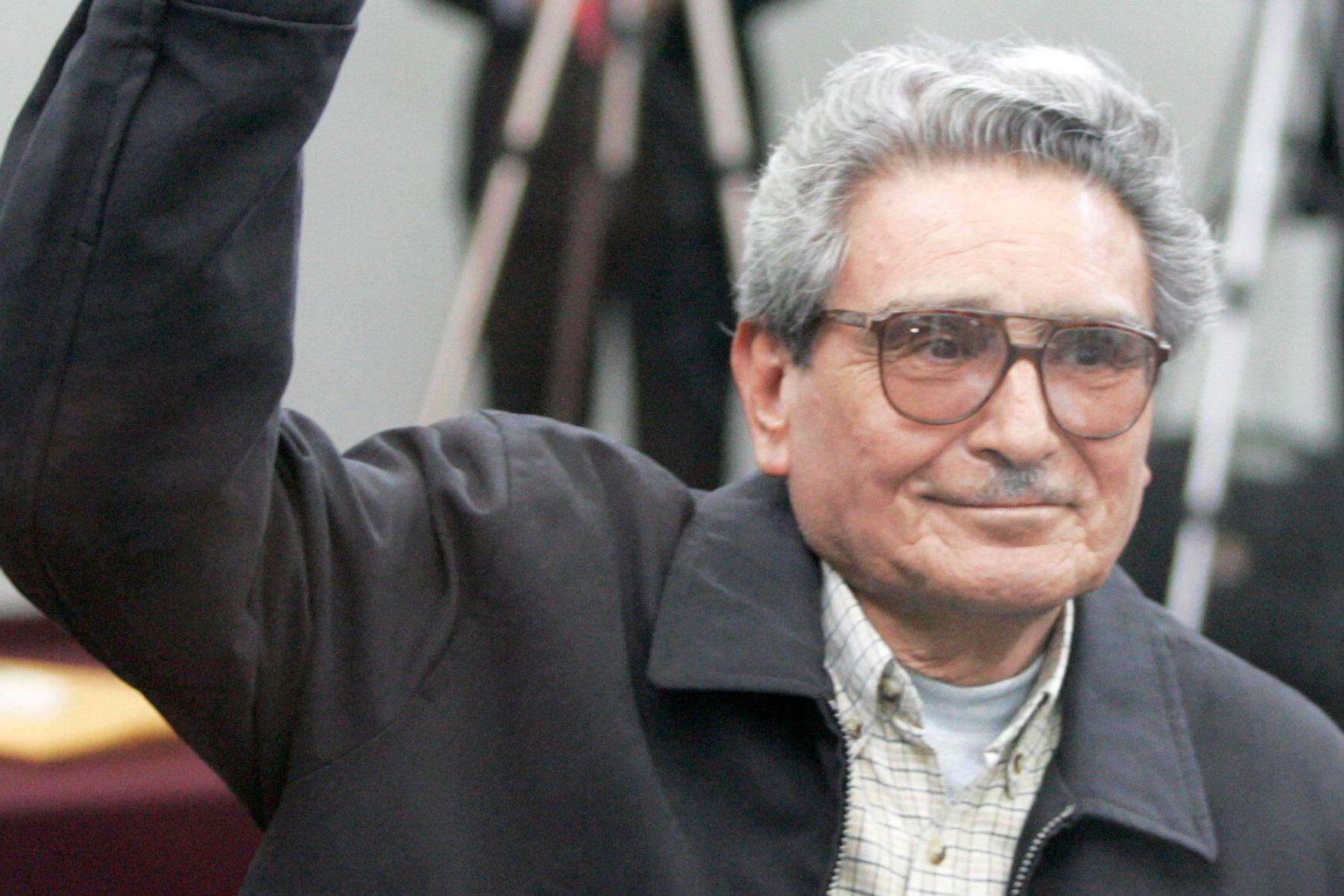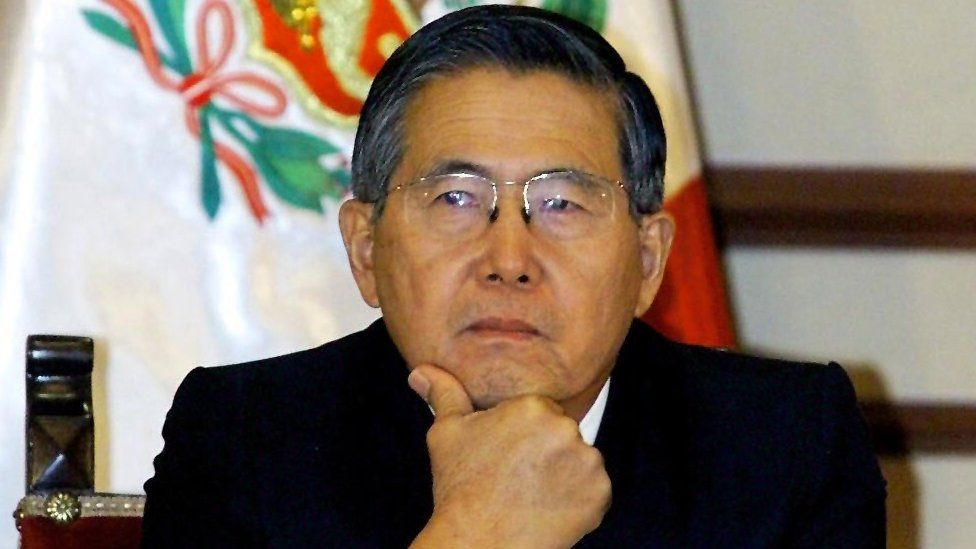Peru was ruled by a military dictatorship from 1968 until 1985. General Juan Velasco Alvarado governed Peru until 1975. He ordered the nationalization of the oil and mining industries from foreign ownership, radical agrarian reform and the promotion of workers’ rights to influence and obtain a greater share of the profits of private companies. He also took control of the media. There were some improvements to the wellbeing of local people: food production increased and peasants were freed from serfdom. But the reforms lacked a long-term plan and most benefits ended up in the hands of the few producers and owners of export crops, including sugar, cotton, coffee, and natural resources like oil, gold, copper and lead. His military dictatorship lacked the support of civilian agricultural workers who felt abandoned as the government invested most of its resources trying to increase industrial development. The implementation of programs also forced the government to secure foreign loans that became a burden on the Peruvian economy.
The burden became a crisis and, in 1975, the military replaced Velasco with General Francisco Morales Bermudez. During his presidency, in a pattern seen in other Latin American countries such as Chile, an austerity program was put in place as forcefully suggested by the IMF. Peru had significant foreign debt, and the IMF imposed conditions for the continuance of loans. The urban working class saw their wages reduced by 40% percent. Morales followed IMF guidelines in attempting to implement a plan of economic decentralization, austerity, and open access of Peruvian economic resources to foreign investment, meaning state-owned industries would be privatized. The economy improved briefly, but the Mexican debt crisis that affected all of Latin America destroyed any economic progress, turning gains into a 12% decline in GDP and significant inflation.
Profile: Abimael Guzman (1934-)
Abimael Guzmån is a Peruvian Marxist, and founder of the splinter group of the Peruvian Communist Party known as the Sendero Luminoso, or “Shining Path,” based on Maoist thought and theories of class struggle. Initially the group won favor in mountain villages tired of corruption and military brutality. But Guzmån’s own brand of authoritarian brutality lead to whole villages found guilty of collaboration with the military being slaughtered. He eventually alienated the peasants, who ultimately allied with the military to turn him in to the government of Fujimori in 1992. He is currently sewing a life-sentence in Callao, Perü. The violent group he led killed about 30,000 people, mainly from the Ayachuco region.
A new constitution modeled on the 1933 version was proposed. Elections took place in 1980 and Fernando Belaunde Terry won the election with a significant majority and formed a coalition government. Belaunde was a democrat and politician and made a politician’s set of promises: progress and improved living standards through public works while reducing state involvement in the economy and encouraging private investment. Once elected, the new president proposed banning labor actions such as strikes, phasing out economic assistance for food and fuel, and cutting public works projects. A general strike was the result.
A combination of economic deterioration, including rising unemployment, and social tension led to political violence. In the early 19805 two guerilla organizations came to prominence as a reaction to government measures. One, Sendero Luminoso or Shining Path, formed in the highlands, an area that was not benefiting from the economic programs and was becoming a supplier of coca for Colombian drug traffickers (as a result of economic decline). Shining Path used a combination of violence and threats of violence against village elders, as well as protection for coca farmers from police, the Peruvian military, and drug traffickers through the promotion of a Maoist egalitarian utopia. A second group, Movimz’emo Revolutz’onario Tupac Amaru (MRTA), used kidnapping and ransom, in contrast to killing, to publicize its socialist-Castroist goals and to raise funds. Rising violence caused Belaünde to use military strikes to suppress the opposition groups. The rise in violence contributed to civil instability, and the military, seeing a lack of popular support, decided to shift Peru’s leadership to a civilian presidency
Belaunde’s presidential term ended in 1985. The charismatic, 36-year- old Alianza Popular Revolucionaria Americana (APRA) candidate, Alan Garcia, won the 1985 general election. APRA, a party founded in 1924. also controlled the bicameral legislature. Garcia acted quickly to repair Peru’s problems, beginning with the economy. He expanded the government’s role in the economy by freezing prices. reducing interest rates and devaluing the Peruvian currency. Wages were increased as taxes were cut. All the changes placed more real “sols” in the hands of consumers, resulting in greater demand. The government, seeing the social unrest in the highland areas where the Shining Path was expanding its influence, began programs to aid small farms. All the changes resulted in a short-term growth in the economy. but also an increased trade deficit. To free the government to pursue his growth policies, Garcia defaulted on foreign debt obligations. The economy soon collapsed as new loans were not available and labor unrest caused entire industries to halt production. Additional actions by the APRA government only accelerated the collapse as GDP declined by a third and inflation rose to by the end of the decade. Civilian leadership only seemed to accelerate Perü’s social and economic decline.
The 1990 election was an interesting contest between the novelist Mario Vargas Llosa and a little—known agrarian economist, Alberto Fujimori, the face of a new political alliance called Cambio 90 (Change 90). Spouting populist rhetoric and framing himself as an outsider, Fujimori, a Japanese-Peruvian, promised economic recovery and a halt to civil violence. He won an outright victory
Profile: Alberto Fujimori
Alberto Fujimori is a Peruvian agronomist, physicist and mathematician.The son of Japanese immigrants, he was elected to the presidency of Perü in 1990 under his new political movement, Cambio 90 (Change 90). He instituted harsh and unpopular reforms, following IMF strictures. Two years later, with the support of the army, he temporarily dissolved parliament and ruled by decree, suppressing the Constitution of 1979. His Constituent Assembly, boycotted by traditional parties, was supported by Nueva Mayoric-Cambio 90 (New Majority-Change 90). He won the elections of 1995 and 2000. His government was authoritarian and guilty of corruption and human rights abuses. He fled for Japan in 2000 and was detained by Chile in 2005 trying to return. He was extradited to Perü in 2007 and sentenced to prison in Callao.
The election of Fujimori began Peru’s retreat from democracy and a return to autocratic leadership. In a program soon known as ”Fujishock,” he reversed Garcia’s approach, eliminating subsidies, lowering tariffs, inviting foreign investment, selling hundreds of state-owned companies, weakened the influence of labor, and generally following a monetarist free-market policy. It was the opposite of the populist approach. Prices rose and money from the drug trade became an integral part of the economy. As opposition mounted, Fujimori moved to consolidate his power. Backed by the military, the democratically—elected Fujimori disbanded the legislature in April 1992 and vigorously eliminated his enemies and potential challengers. Opposition press was silenced. Leaders of the two major guerrilla groups, Shining Path and MRTA, were arrested and the two groups lost momentum _ without their leadership. Fujimori gained popular support as civil violence subsided, even with the constant violations of human rights and political killings. A new constitution was adapted by the Fujimori-allied legislature, and approved by popular referendum. It granted the president greater powers, including the right to disband the legislature at will, rule by decree, and to run for re-election.
Fujimori recognized potential threats from a popular uprising. By 1995, social spending was more than double the amount in 1993. The turnabout in government programs brought support from the highlands and victory in 1995. In 1998, Fujimori cemented his authority. Peru’s Supreme Court ruled that Fujimori could run for another term as president because he had served only one term under the new constitution. His economic programs tried to be all things, encouraging foreign investment, private enterprise, and ample support for the poor. It worked for a while, reducing the 1993 poverty level of 54% to 44% two years later. GDP grew at almost 5% during the decade, but poverty levels went back to over 50% (income of under $2 per day), showing that the economic gains went to a select few. Furthermore, the programs had doubled foreign debt and increased the trade deficit, making Peru into a net debtor nation.
As the decade came to a close, Fujimori once more exercised his dictatorial powers. When the Supreme Court ruled that he could not run for president again, he removed the justices, He authorized phone taps on political opponents and whatever opposition press still existed was beaten. kidnapped and tortured. The tactics led to candidate Alejandro Toledo denouncing the elections as fraud and withdrawing. Popular support for Fujimori all but disappeared. There was a general strike and protests in the street. Toledo helped rally Peruvians against the authoritarian regime. The Peruvian Congress finally acted and removed Fujimori from the presidency. He left for exile in Japan.

